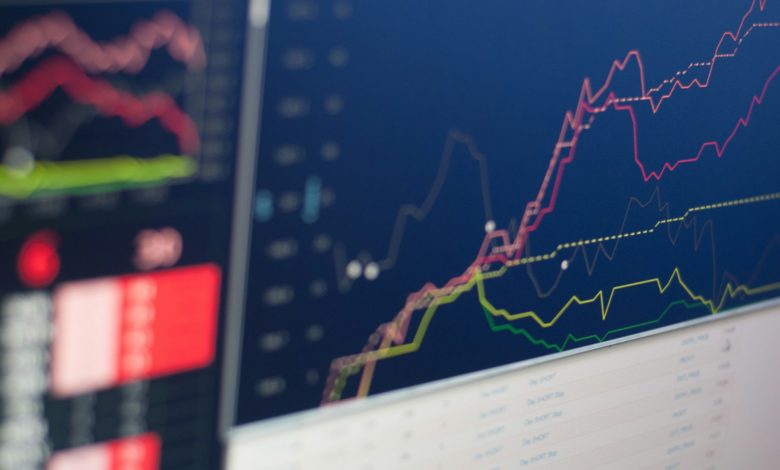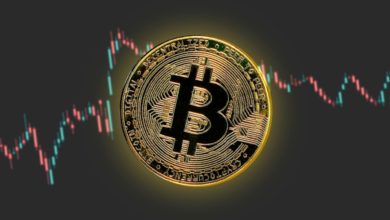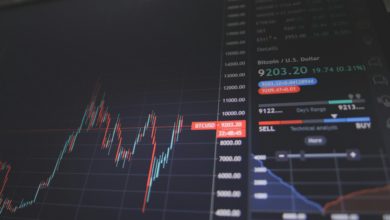Stock Market Today: Stocks Rise as Trade Deal Hopes Fuel Market Comeback

US stocks came back to life on Tuesday, building on morning momentum as investors responded to fresh hopes for international trade deals—particularly with Japan and South Korea. After a historic three-day slump, Wall Street is attempting a reversal, lifted by signs the White House may be open to negotiation despite recent tariff threats.
The Dow Jones Industrial Average (DJI) surged more than 800 points by midday, up 1.18%, though it had earlier added over 1,300 points. The S&P 500 (GSPC) gained 0.85%, while the tech-heavy Nasdaq Composite (IXIC) climbed 0.63%. Investors welcomed reports of bilateral discussions with Japan and Trump’s optimistic remarks on South Korean negotiations, dialing back fears of a full-blown trade war—for now.
Market Movers:
- Nvidia (NVDA): Shares jumped 7.8% as the chipmaker led a broad rebound in Big Tech. After a challenging week that saw tech stocks lose trillions in value, Nvidia surged on renewed investor confidence, buoyed by hopes that global supply chains may not be as imperiled as feared.
- Humana (HUM): The health insurer soared nearly 10% after the Trump administration announced a significant bump in Medicare Advantage reimbursement rates for 2026. The increase—more than double what was previously proposed—boosted investor expectations for sector-wide profitability.
- Tesla (TSLA): The EV giant rose 5.9% as risk appetite returned to the market. Tesla, which had been battered amid tariff concerns, benefited from the broader tech rally and hopes that ongoing trade talks could shield key suppliers from escalating costs.
- Meta (META): Shares gained 5.5%, rebounding from last week’s steep sell-off. Investors appeared to be bargain-hunting across mega-cap tech as FOMO (fear of missing out) kicked in following Tuesday’s rally.
- UnitedHealth Group (UNH): Shares climbed 7% alongside sector peers, riding the wave of optimism around higher Medicare reimbursements. Analysts believe this policy shift signals a friendlier stance toward private insurers from the current administration.
Investors Buy the Dip—Again
The market’s rebound is partially fueled by a now-familiar behavioral pattern: aggressive dip-buying. According to Bank of America data, US investors poured $8 billion into stocks last week, one of the biggest weekly inflows since 2008. Notably, even as volatility soared, private clients remained steady buyers for the 17th consecutive week.
This behavior reflects the belief that market sell-offs, even steep ones, present short-term buying opportunities. As Interactive Brokers' Steven Sosnick noted, “No one ever wants to miss a rally.” With markets bouncing sharply from historic lows, fear gave way to FOMO.
Volatility Index Signals Potential Long-Term Gains
The CBOE Volatility Index (VIX) spiked dramatically over the past three days, hitting its highest level of 2025 on Monday. While traditionally viewed as a fear gauge, recent research suggests that major spikes in the VIX often precede positive long-term returns.
Since 2014, similar surges in volatility have been followed by an average one-year S&P 500 return of 4.4% and a five-year average return of 10.2%. If that pattern holds, today's buying frenzy could be more than a knee-jerk reaction—it might be the start of a broader recovery.
Looking Ahead
Despite today's optimism, risks remain. China’s pledge to "fight to the end" over tariffs, and President Trump’s threat of an additional 50% tariff on Chinese goods, loom large. Any sign of a breakdown in negotiations could quickly reverse gains.
Still, markets are holding out hope that pragmatism will prevail. As global trade discussions continue this week, investors will be watching for real progress—and any sign that the White House is willing to compromise. Until then, volatility may remain high, but today's rally suggests investors aren't ready to give up on 2025 just yet.




